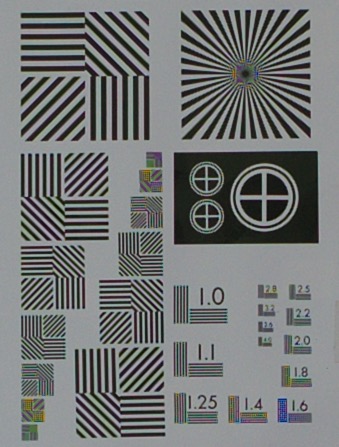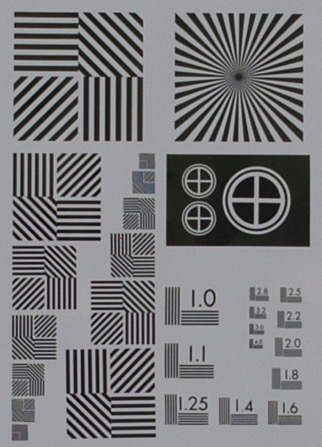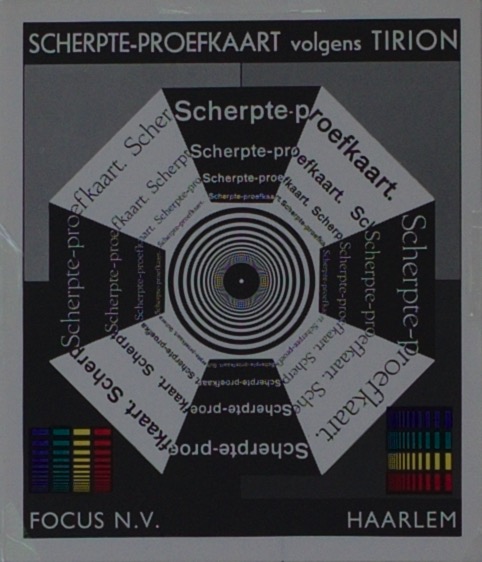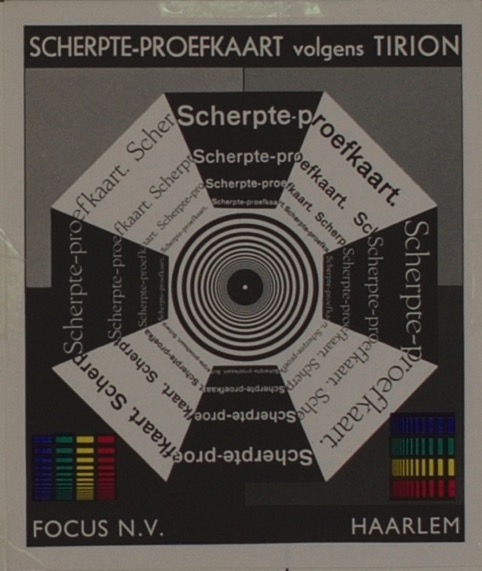The Leica X1: a tool with Leica DNA?
Background
When Leitz introduced the Leica M5 (about thirty-five years ago) they were well aware of the high price of the camera and the fact that the camera was situated in the premium section of the market. Mechanical precision and high optical performance could not delivered at a much lower cost. But there was a market for a camera that offered the same optical excellence in a smaller package for photographers who did not require the stratospheric quality of the M5. The Leica CL got the function to seduce users to buy into the Leica world with a smaller budget. The CL was a very fine camera, but for reasons not yet fully explored did not become the success that was hoped for. Later Minolta developed the CLE, a very advanced camera with features that even the M7 did not offer. But again it was not a commercial success.
Leica however stayed convinced that an expansion of the range of products to cover a wider customer base was needed for survival. A range of lackluster compact cameras form several Japanese manufacturers followed. The only remarkable product was the Minilux with an excellent Leica lens that was as good as the main standard lens of the M-line. The Minilux was the product that made the compact camera in Leica style fashionable. Leica tried to follow up on the success with the CM, but this camera quickly vanished from the market, being swamped by the digital tsunami that killed the classical film loading compact camera.
The partnership of Leica with Panasonic created a long line of digital cameras, originating from Panasonic, the exterior designed by Leica, a sprinkle of Leica DNA added and labeled with the famous red dot.
A digital compact camera that is directly linked to the real Leica genealogy and fitted with an original Leica lens (like the Minilux) could bridge the gap between the Panasonic range and the digital M line. The Leica X1 is such a camera. Its size is very small compared to the S2.

Design
The X1 is a remarkable mix of efficient German engineering demanded by purists and an abundance of features demanded from Japanese consumerism.The design of the camera evokes a visual reminiscence to the original Leica-0 camera. The vital statistics are 124 x 60 x 32mm which is quite close to the measured values of 123.59 x 60.3 x 33mm. The precise numbers depend on the exact position where you measure. The weight is 330 grams. The original Leica thread-mount cameras varied from length 128mm (Ur-Leica) to 136mm (Leica IIIc) and height from 53mm (Ur-Leica) to 69mm and width from 30mm to 30.5mm for the whole range. The width of the X1 of 33mm includes the thickness of the display screen; the basic body size is exactly 29.92mm. The Leica-0 had a length of 133.2mm. The close conformity of these dimensions with the dimensions of the Ur-Leica might give rise to the assumption that the X1 has true Leica DNA. I would hesitate to jump to that conclusion. The Leica series from version Null to III had an unsurpassed amalgamation of operational smoothness and solid mechanical engineering packed in a design that was as functional as it was minimalist.The X1 is a very compact camera, but the position of the dials and shutter release button would not get an industrial design award and is not in the tradition of the great ancestors. On the other hand one has to say that the layout makes for easy handling, and even one finger operation if necessary. The length of 124mm is a bit short for comfortable handling and here one has to admire the basic instinct of Barnack that a half centimeter more makes a big difference. The X1 offers an accessory hand grip to add that centimeter.
On the top cover one has the two dials for speed and aperture setting. Both have an Automatic setting for a fully automatic point-and-shoot operation. The dials can be rotated without a lock position and the movement is very smooth. The click stops are not firmly defined and the feeling does not generate the idea of solid engineering. One of my main points of critique about the X1 is this lack of quality feeling. The camera is simple to use with a basic functionality. The layout of the buttons on the body is a mix of M8 and S2 design and is instantly recognizable. And it is indeed a very pocketable camera. It might be suitable for the classical style of street and documentary photography. The image quality is excellent and certainly no hindrance for this photographic style. In standard operational mode (AF with the display active) the shutter release delay is quite long and the release moment not well defined. In this respect the X1 is no substitute for the M8/M9 and even the S2 has a shorter delay period. You can improve the response of the camera in two ways. You can use the additional finder and set the camera to manual focus. The manual focus is in it self quite slow (you have to use the wheel to change the distance and look at the display to see the sharpness), but you can also use this feature to set the hyperfocal distance in combination with the aperture setting. Then the operation is quite fast. The other option is to set the display to OFF and the additional finder to ON and and the AF setting to one single central AF spot in speed mode, and here the speed improves to a very satisfactory level. It is no match for the instant response of the M-series (film loading and sensor based), and a certain expertise in anticipation is most welcome to get exactly the shot you want.
The more features you activate, the slower the response of the camera becomes. I have not the intention to discuss all the options the camera offers. When you start comparing features, the Japanese competition outclasses the X1 with ease and when you employ the many possibilities, you are slowly moving into the direction of a compact point and shoot and that is a terrain where the X1 user will not feel happy to walk into. Face recognition, AF points selection in rows and so on are in my view a bit Spielerei. Two aspects that were a pleasure to find are the excellent automatic color correction (better than what the M9 that I used in comparison offers) and the efficient exposure metering.
The additional finder has a very clear and distortion-free view. On the X1 body it supports fast and secure viewfinding, but adds to the bulk of the camera. It still is pocketable, but just less convenient.
Made in Germany; what does it mean?
Sometimes the label 'Made in Germany'; is interpreted as 'Manufactured in Germany'. In the period of the Industrial Revolution, when the British Empire forced competing nations, like Germany, to designate the origin of the manufactured goods this assumption was true. The British claimed superiority of production and the label was seen as a warning not to buy inferior products from other nations. Nowadays global production is commonplace and any complex product consisting of many parts will have a number of components made in a range of countries. The Apple Macbook Pro I am writing tis article on, has software from USA, but most components are from Japan, China and Taiwan. recently a Mercedes Benz car was disassembled and it was shown that most parts did not originate in the MB factories, but came from all over Germany, but also from other countries in Europe and Asia.
The legal basis for the application of the label is not exactly defined, but broadly a product with the label 'Made in Germany' must fulfill the following requirements:
Those services and components which are crucial to the quality and valuation of the goods must have been performed or manufactured in Germany. The description 'Made in Germany' is not justified by simply assembling parts that have been prefabricated abroad, carrying out a final inspection or labeling the goods in Germany. On the other hand, some parts or components of an industrial product may certainly be supplied from abroad, but the essential parts of the final product must always originate in Germany. A significant refinement may justify the description 'Made in Germany', but here too the above statement still applies: the refinement must be crucial to the quality and valuation of the product.
The lens: Leica Elmarit 1:2.8/24mm ASPH.
This lens is designed by the Leica optical department in Solms. It is not a derivative of the existing Elmarit-M 2.8/24 or Elmar-M 3.8/24mm, but a dedicated design for the X1. The APS-C sized sensor has a specific shape and layout of the microlenslets. The lens has been constructed such that the angles of the rays falling on the sensor surface are optimized for the microlens shapes. This Elmarit leans in the direction of a telecentric design.
The sensor is a CMOS version with lowpass filter and a crop factor of 1.5. The lens has an optical focal length of 24mm, but due to the crop factor has a reduced field of view of 36mm. A comparison with the M9 as example can be made according to the field of view option and then the M9 needs a 35mm lens. In this case the larger sensor of the M9 has an advantage as you can get closer to the subject to fill the frame. This advantage will obscure the true sensor/lens capabilities. Therefore I selected the Elmarit-M 2.8/24mm ASPH on the M9. In this case the magnification is equal and the subject covers the same amount of pixels. You will squander the size advantage of course, but that is required to get a serious comparison. I used the original DNG files, processed in RAW Developer, a very good program based on the DCraw engine. After posting a report on digital imaging I get many responses from readers who claim that I did not use the best program or that they can get better results than I got. I do not doubt this. In the days of silver halide film testing it was standard procedure to compare films and/or lenses with one film/developer combination. Most used was and is Kodak D76. The argument for the use of one developer is still valid: if you compare a lens or film you should reduce the number of variables that influence the result, otherwise you do not know what you test and how to explain the differences. On the other hand it is reasonable to assume that the inherent characteristics of a material when compared to another one will transfer to other combinations. D76 was not the best acutance developer, but when film A has better definition than film B, one may expect that in an acutance developer film A will do better, but film A will also be improved, but still will not challenge film A. The relative differences will stay in the same relationship. The JPG pictures you see here in the report are converted TIFF files to save download time.
A simple resolution test reveals a big surprise. The CMOS sensor of the X1 has a pixel pitch of 5.5 micron and the CCD sensor of the M9 has a pixel pitch of 6.8 micron. The comparison pictures show that the X1 image is at least as good in terms of resolution, but better in terms of moire-effects. As I have demonstrated repeatedly, the M9 suffers from moire-effects. Here we see this phenomenon again. M9:left, X1:right


The M9 cannot show its superiority at the limit of resolution based on the lack of a lowpass filter, but the X1 cannot improve its imagery based on a finer pixelgrid. The pictures are as RAW as possible, so no post processing adjustments. The M9 image is slightly crisper due to the lack of the low pass filter. The M9 behavior is presumably caused by the software. The S2 with the same type of CCD and also without a lowpass filter does not show these moire-effects. Perhaps the M9 software engineers could look critically at the algorithms employed. The X1 also shows some moire-effects but at a higher level of resolution and less pronounced. The verdict is not so simple however. A different test chart photographed under identical situations showed a very small advantage for the M9.
Below: M9

Below: X1

Whatever the fine points, the X! must be given very high marks for delivering images on the same level as the M9. Leica users who reflect on buying the X1 as an easy to use compact camera will get Leica like imagery. If you wish to use the X1 in a spontaneous way, you would not like to pay attention to the light of the scene. In particular flare and veiling glare could become bothersome as you shoot the scene in contre-jour conditions. The 24mm lens in the X1 is remarkably free from ghosting and veiling glare. In fact again it is often better than the M lenses on their bodies. The smaller diameter of the front lens is certainly helpful.
The quality of the imagery drops when you use higher ISO values. below is a range with ISO 400, ISO 800 and ISO 3200. I would think that ISO 800 is the practical limit, but you can tweak the results at higher ISO values with appropriate processing.
Conclusion.
The imaging engine of the X1 (lens, sensor, processing) delivers impressive results that are close to and even equal to the image quality of the M9. This conclusion is based on a test where the parameters are identical. The decision to use only a part of the sensor size of the M9 to be comparable to the sensor size of the X1 sets the M9 on a roughly 50% disadvantage. Granting this advantage for the X1, the performance is without doubt Leica-like. The endeavor to give the camera a shot of Leica DNA however is less convincing. The feeling of engineering quality is lacking and the decision to overload the camera with consumerism-items distracts from the basic simplicity and efficiency that all true Leica cameras possess.